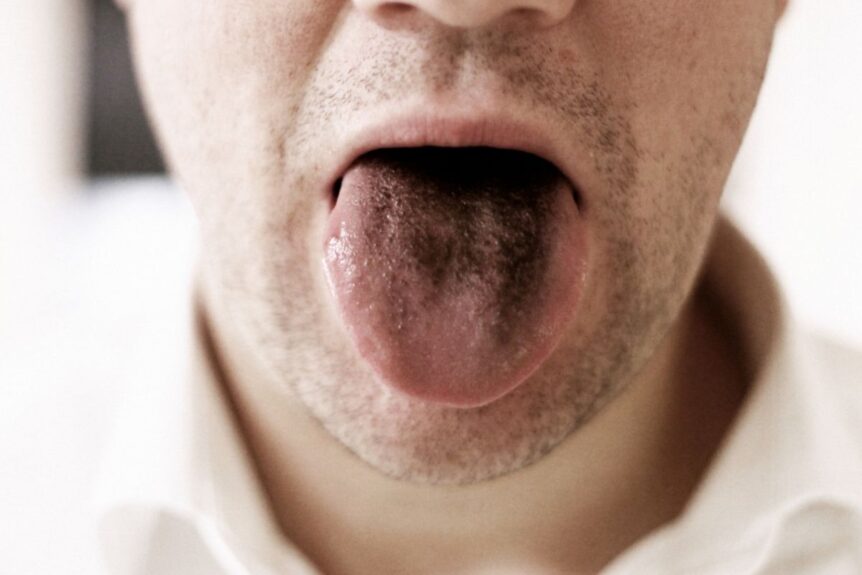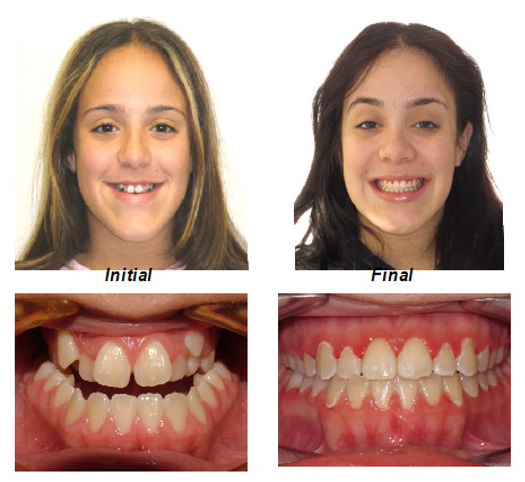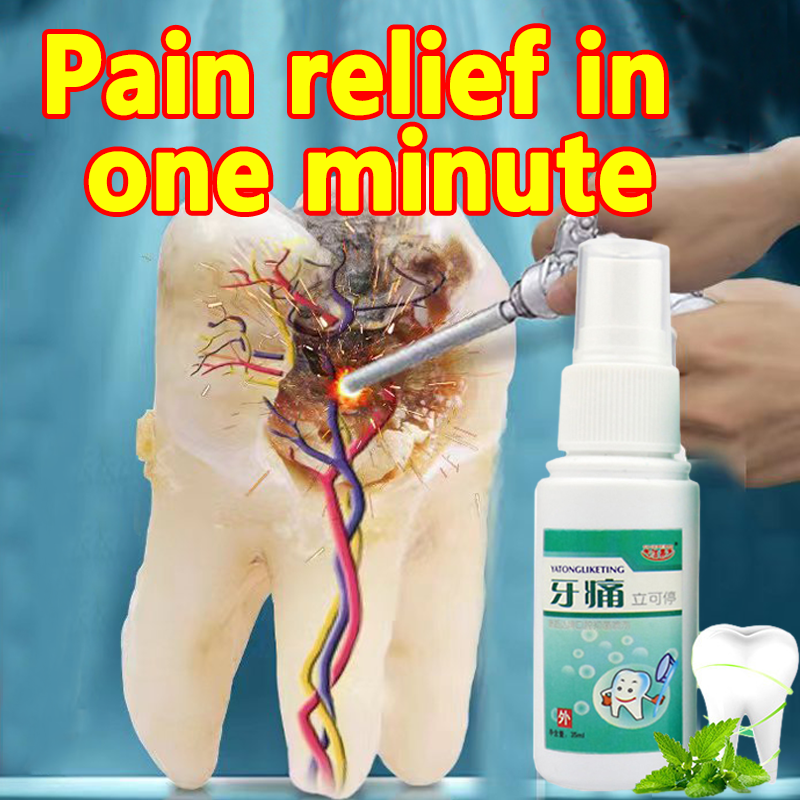Blood Clot From Pulled Tooth: Prevent Infection Naturally
When a tooth is pulled, it can be a relief to have the source of pain or discomfort removed. However, the process of healing that follows can sometimes be complicated by the formation of a blood clot. A blood clot from a pulled tooth is a common occurrence, and in most cases, it’s a natural part of the healing process. But how can you prevent infection naturally and ensure that the clot doesn’t become a source of further problems?
To begin with, understanding the process of blood clot formation and its role in healing is crucial. When a tooth is extracted, the body’s immediate response is to stop the bleeding by forming a blood clot in the socket. This clot serves as a protective barrier, allowing the underlying bone and gum tissue to heal. However, if this clot becomes dislodged or doesn’t form properly, it can lead to a condition known as dry socket, which can be painful and may increase the risk of infection.
Natural Prevention of Infection
Preventing infection naturally after a tooth extraction involves a combination of good oral hygiene practices, dietary adjustments, and avoiding certain behaviors that could dislodge the clot or introduce bacteria into the socket. Here are some key strategies:
Maintain Good Oral Hygiene: Gently brush your teeth as usual, but avoid brushing the extraction site directly for the first 24 hours. After this period, you can gently brush the site with a soft toothbrush. Additionally, use saltwater rinses (1⁄2 teaspoon of salt in 8 ounces of warm water) several times a day to keep the area clean without dislodging the clot.
Soft Diet: Stick to a soft diet for a few days after the extraction. Foods like yogurt, scrambled eggs, and mashed potatoes are good options. Avoid hot, spicy, or sharp foods that could irritate the extraction site or dislodge the clot.
Stay Hydrated: Drinking plenty of water helps to keep your mouth moist and aids in healing. Avoid using straws for the first 24 hours as the sucking action can dislodge the clot.
Rest and Recovery: Give your body time to rest and recover. Avoid strenuous activities, bending, or heavy lifting for a couple of days after the extraction.
Clove Oil and Turmeric: Applying clove oil to a cotton ball and placing it near the extraction site can help alleviate pain and reduce inflammation due to its antimicrobial and anti-inflammatory properties. Turmeric, known for its curcumin content, has potent anti-inflammatory properties and can be consumed in warm water or added to food for overall healing.
Tea: Certain teas, such as chamomile and peppermint, are soothing and can help reduce swelling and inflammation. They can be used as a mouthwash or consumed as a warm drink.
Recognizing Infection
Despite natural preventive measures, it’s essential to be aware of the signs of infection. These can include:
- Increased Pain: After the initial healing phase, if you experience an increase in pain, it could be a sign of infection.
- Swelling or Redness: Excessive swelling, redness, or puffiness around the extraction site that worsens over time could indicate an infection.
- Discharge: Pus or a foul-tasting discharge from the extraction site is a clear sign of infection.
- Fever: A fever can accompany infection and is a sign that your body is fighting off an infectious agent.
Conclusion
Preventing infection naturally after a tooth extraction involves careful attention to oral hygiene, diet, and overall health practices. By understanding the healing process, adhering to post-extraction care instructions, and being aware of the signs of infection, individuals can reduce the risk of complications and promote a smooth, natural recovery. It’s also crucial to attend follow-up appointments with your dentist to ensure the healing process is progressing as expected.
How long does it take for the blood clot to form after a tooth extraction?
+The formation of a blood clot after a tooth extraction usually occurs within 24 hours. It's crucial for this clot to form and be undisturbed for the first few days to ensure proper healing.
Can I smoke after a tooth extraction?
+It's highly recommended to avoid smoking for at least 48 hours after a tooth extraction. Smoking can dislodge the blood clot, leading to dry socket, and also delay the healing process.
What are the signs that I need to see a dentist after a tooth extraction?
+Signs that you need to see a dentist after a tooth extraction include increased pain, swelling, redness, discharge, or fever. These could indicate infection or another complication that requires dental intervention.
By focusing on these natural strategies and being vigilant about potential complications, individuals can navigate the healing process after a tooth extraction safely and effectively, setting the stage for a full and uncomplicated recovery.



